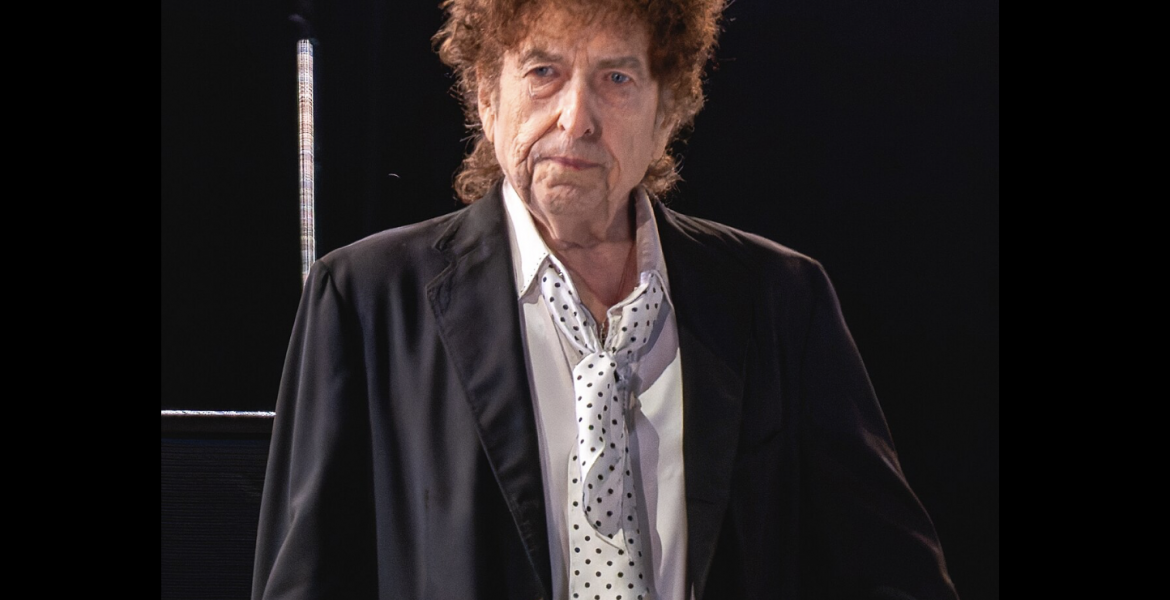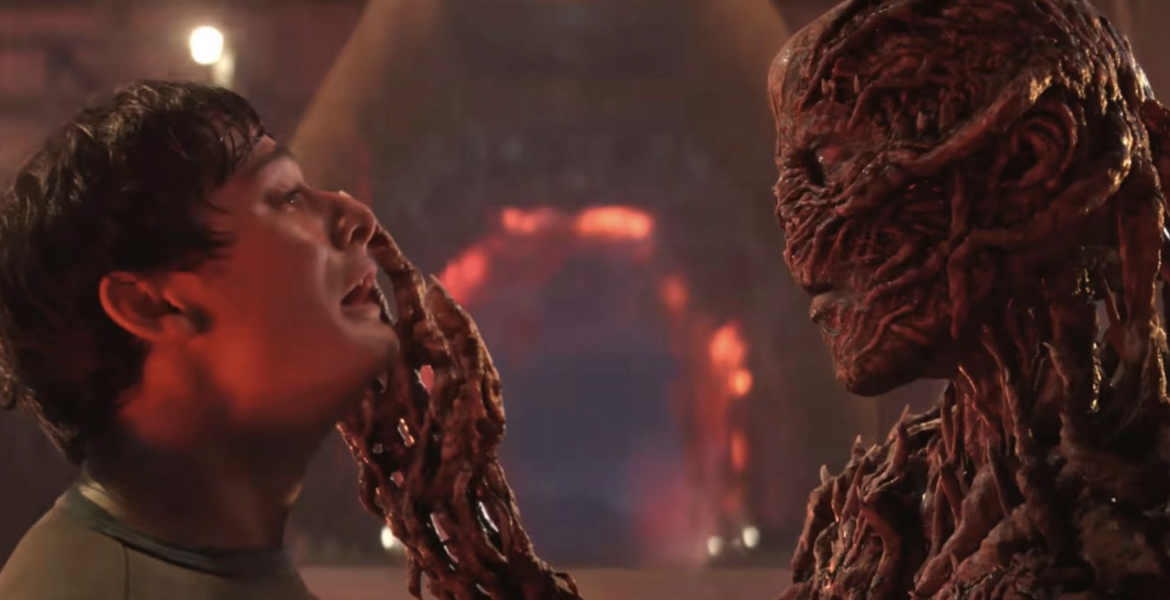Red dirt kicked up on a light breeze that carried over the expanse of Fort Chadbourne Saturday, when re-enactors challenged the heat for the fort’s annual living history event.
Ladies donning petticoats and bonnets ambled across the countryside, joined by men in period-correct Civil War uniforms, mountain man garb and detailed accessories, amidst a landscape of teepees and canvas tents where the “pioneers” had set up camp the night before.
Blacksmiths, merchants and gun handlers set their wares out to be viewed by attending audiences, which ranged from families with small children to interested adults. Beginning at 9:00 a.m., the day featured a chock full program of infantry drills, calvary drills, canon firing and even a Texas-type safari, during which participants boarded a hay-ride for a tractor-town tour of the area’s buffalo and longhorns.
In one corner of the fort’s property, Chuck Shore, Paul Bradley and Gary Jennings cocked and loaded buffalo guns centered on a metal buffalo target some 475 yards away. Re-enactors and the general public lined up to take their shots at the far off beast, some rewarded with a resounding “ding” in the metal, others missing it by “just a hair”.
The guns used Saturday were part of fort owner Garland Richards’ collection, most of which were replicas of the weapons used when the fort was active in the late 1800s.
“What makes this different from period is if this was back in the 1870s that would be a solid lead bullet and it would have black powder in it,” Shore said. “This is smokeless powder now. That’s what they use modern firearms with. But otherwise, that’s the same cartridge. You would just put the black powder in the lead bullet.”
The black powder causes a lot of smoke and build up of residue on the gun, Paul Bradley explained. “This helps us keep from having to clean it. With the black powder there’s a lot of residue…so this allows us to shoot the rounds [and have] everybody come in one right after the other.”
Bradley and Shore say that they can make the period-accurate lead bullets and that black powder can be bought for around $25 a pound, but that the use of those bullets isn’t ideal for events where multiple shooters line up to test their skills.
Fellow re-enactor Richard Chambliss says some utilize a Cream of Wheat substitute for the powder, which still produces smoke but doesn’t require as much maintenance. Chambliss has been a part of the fort’s living history calvary for about 10 years now, he said, and was initially drawn in by the light-weight saddles the fort offers to participants in their program.
“I started getting heavier, riding my horses in the mountains a whole lot, and these saddles [that they use at the fort] weigh 20 pounds,” Chambliss said. “I read an advertisement that said Fort Concho would furnish everything but the horse and the trailer. I thought there’s a way to go ride that saddle without buying it. “
After talking to some friends, Chambliss decided to give Fort Chadbourne a try since it was closer to his home, and joined the fort’s then new-born calvary. The saddle had brought him to the fort he said, but he eventually ended up making his own, using the aid of a saddle shop to help him cut out the pieces that he later put together.
“The thing that kept me coming here was the first time I went to an event with the little kids around everywhere and you see those kid’s eyes pop up when they see [all the re-enactors],” he said. “I was hooked.”
Now, Chambliss participates in events held at forts statewide, joining up with other groups to form large ensembles of men who re-enact past events. Those involved in living history, he said, are dedicated to historical accuracy, down to the fine details.
“The stuff that I use is period-correct 1867,” Chambliss said. “That’s the last year there was an assigned calvary at this fort and this is my fort. It was Company G of the 4th Regiment, so that’s what we call our group that’s out here.
“Our dress is—until it becomes unsafe—exact,” he continued. :When it becomes unsafe, we alter it. I add a blanket under my saddle that you can’t see unless I point it out. My girt under the saddle is a little bit different for the comfort and safety of the horse, and that’s about it on my stuff.”
Chambliss estimates that a single set of clothing for a typical re-enactor runs between $2,000 and $3,000, including all of the accessories and guns. Each selects the year he wants to adhere to and builds his costume and camp from there, he said. Re-enacting is something he enjoys doing because it makes him feel like a kid, he laughs.
Also on the fort’s grounds Saturday were Jay and Lora Weber of Round Rock. Dressed in costumes from the same period, the couple worked as merchants at the event, serving up cold scoops of “Drummer Boy Ice Cream” to frontier men and women in a welcome treat from the 90-degree sun.
Jay, like Chambliss, mentioned ties to his childhood as a motivator behind his participation in the event. He’s been participating in living history events at forts across the state since 1990, he said.
“I was a little boy at 9 or 10 (years old) during the Civil War Centennial, and we were a middle-class family so we couldn’t afford all this expensive stuff—all the drums and the muskets and all the accoutrements—so we were about 9 or 10 and we were playing cowboys and Indians and my brother and I were north and south,” he said. “I was just at the right age. I was too young for girls and cars and too old for G.I. Joe, so I was just at that age playing cowboys and Indians and playing Civil War.”
When he got a bit older and joined the ranks of the employed, Weber said he purchased a Civil War rifle. At a gun show, where he was searching for bullets, Weber met with a group of men in uniform, who turned him on to re-enactment and invited him out to do a few drills.
“I just kind of got pulled in as a young adult and could afford this stuff all of a sudden and thought why not,” he said with a laugh.
Weber carried on his hobby, marching as a drummer boy and firing muskets, until he married his wife Lora. She too was on the field Saturday, taking orders for chocolate and vanilla ice cream as Jay filled the cups.
“When Lora and I got married, we actually had a Civil War wedding, a sort of “Gone With the Wind” style wedding with a period band and cotillion after the ceremony and all of our friends showed up in [Civil War attire],” Jay Weber said.
The two then began looking for a way to share the hobby, and Drummer Boy Ice Cream was born. Set up under a canvas tent, the couple served countless soldiers and civilian guests, arguably one of the busiest merchant stands on the hot spring day. The business is one they cart to living history events throughout the state, they said, going to basically any event that provides the occasion to wear their garb.
Fort Chadbourne is a nonprofit organization founded in 1999. The living history event is hosted the first weekend in each May, and the museum is open from 8:00 a.m. to 5:00 p.m. Tuesday through Saturday. Guided tours of the buildings are also available from volunteers.
For more information on Fort Chadbourne, visit their website.
More photos from the event can be viewed here. All photos courtesy of Amanda Berrie.
Subscribe to the LIVE! Daily
Required






Post a comment to this article here: